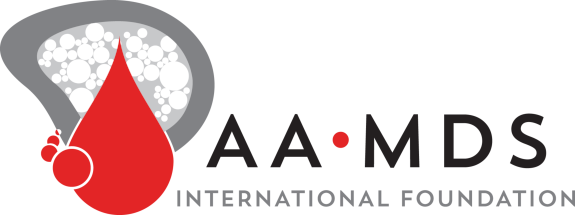The parts of blood used in a transfusion depend on why the patient needs the transfusion. The two types of transfusion typically used for bone marrow failure disease patients are:
More on Transfusions
Red Blood Cell Transfusions
Red cells carry oxygen from the lungs, on a substance called hemoglobin, to every part of the body. Hemoglobin is a protein that contains iron. Red blood cells also carry carbon dioxide out of the organs and tissues back to the lungs. Your lungs remove these waste products when you breathe out. Red blood cells are involved in more blood transfusions than any other part of the blood.
Platelet Transfusions
Platelets are bits of cells in the blood that help stop bleeding. People who don’t have enough platelets have a high risk of dangerous bleeding.
Each whole unit of blood has a small number of platelets. Platelets are collected through a process called apheresis. During apheresis, whole blood is taken from the donor. This blood is spun to separate the blood into its separate components. Only the needed component is collected. The rest of the blood is returned to the donor.
Plasma Transfusions
Blood cells float in plasma, the clear, yellow part of blood. Plasma is 70% water. It contains factors that help form clots that help stop the bleeding when blood vessels are broken by an injury. Plasma also carries nutrients to tissues throughout the body.
Granulocyte Transfusions
Granulocytes are a type of white blood cell a body needs to fight bacterial and fungal infections. Some patients may have serious, life-threatening infections that do not respond to appropriate antibiotics and they may have low levels of granulocytes. This may be due to their disease or treatment for their disease. These patients may require transfusions of granulocytes for a short time period to help fight their infections. Granulocytes are collected from donors using apheresis. As with platelets, it is best if a patient receives granulocytes from a donor of the same blood type.


